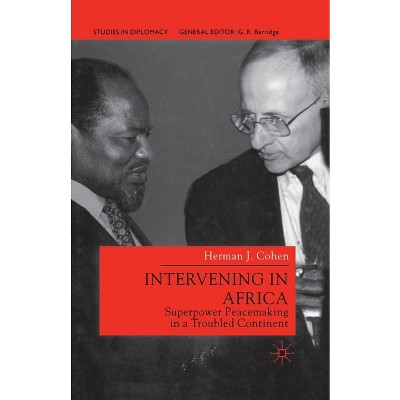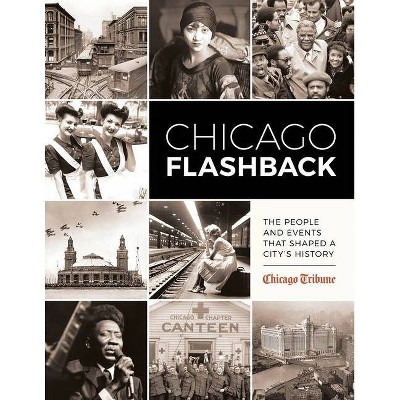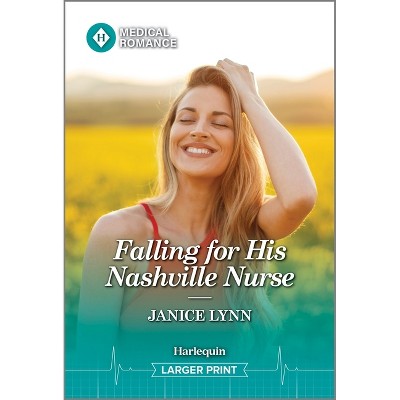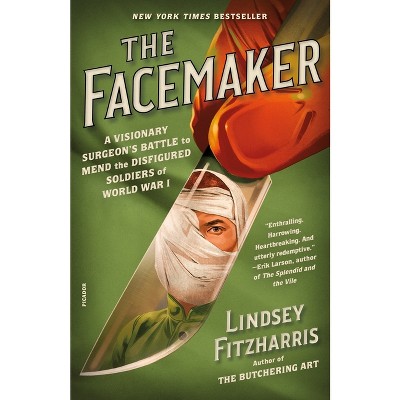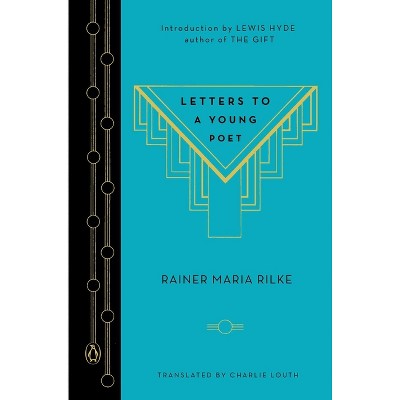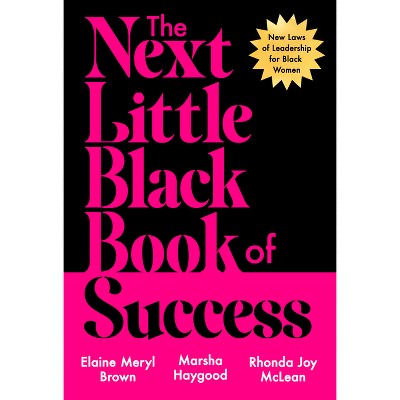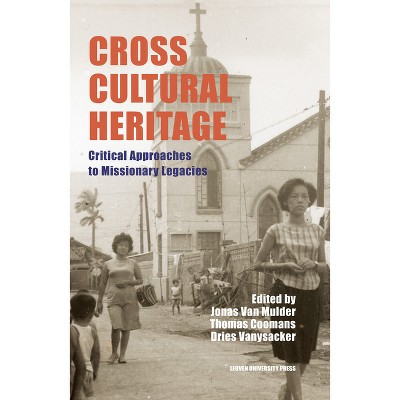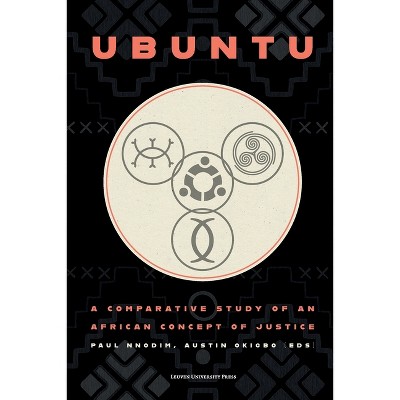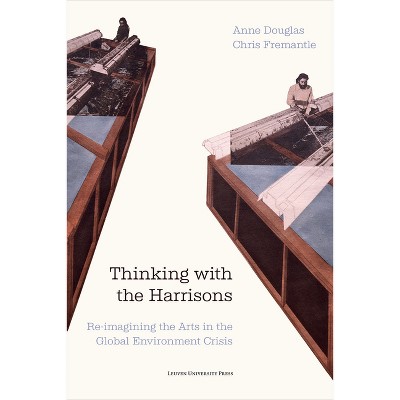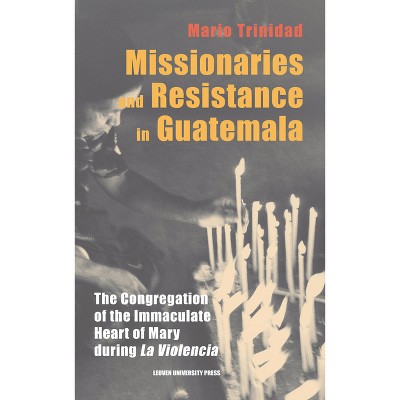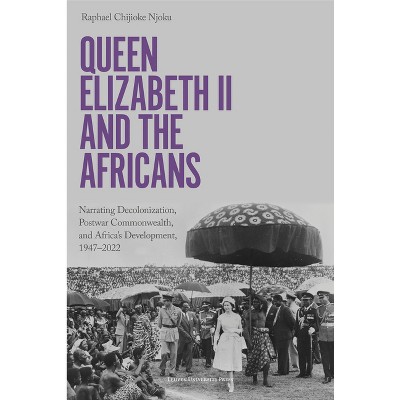Sponsored

Urban Culture and the Modern City - by Ágnes Györke & Tamás Juhász (Paperback)
In Stock
Sponsored
About this item
Highlights
- When consulting key works on urban studies, the absence of Central and Eastern European cities is striking.
- About the Author: Ágnes Györke is associate professor at Károli Gáspár University's Department of Literary and Cultural Studies in English and principal investigator of the Cosmopolitan Ethics and the Modern City research group.
- 330 Pages
- Social Science, Media Studies
Description
Book Synopsis
When consulting key works on urban studies, the absence of Central and Eastern European cities is striking. Cities such as Vienna, Budapest, Prague, and Trieste, where such notable figures as Freud, Ferenczi, Kafka, and Joyce lived and worked, are rarely studied in a translocal framework, as if Central and Eastern Europe were still a blind spot of European modernity. This volume expands the scope of literary urban studies by focusing on Budapest and Hungarian small towns, offering in-depth analyses of the intriguing link between literature, the arts, and material culture in the 20th and 21st centuries. This collection of essays situates Hungarian urban culture within the global flow of ideas, investigating emerging local narratives as they explore the period of modernism, the mid-century, and the post-1989 era in a context that moves well beyond the borders of the country.
This book will be made open access within three years of publication thanks to Path to Open.
Contributors: Árpád Bak (University of Leeds), Éva Federmayer (Eötvös Loránd University), Magdolna Gucsa (Eötvös Loránd University / ÉHESS), Ágnes Györke (Károli Gáspár University), Ferenc Hörcher (Eötvös József Research Centre), Tamás Juhász (Károli Gáspár University), György Kalmár (University of Debrecen), László Munteán (Radboud University), Ágnes Klára Papp (Károli Gáspár University), Márta Pellérdi (Pázmány Péter Catholic University), Eszter Ureczky (University of Debrecen).
Review Quotes
Through these case studies, the book not only explores Hungarian culture using the methods and theoretical foundations of urban studies but also reflects how con-temporary researchers perceive their country's cultural, social, and political issues, along with their historical roots. Like its cover, the book presents a layered image of Hungarian history, where the new and the old, the observer and the observed, coexist simultaneously. - Tamás Kisantal, The AnaChronisT, Vol. 23 (2025), https: //doi.org/10.53720/ZRPD4868
The volume's contributions aim to provide cultural representations of Budapest and Hungarian towns within a translocal analytical framework, thereby highlighting localto- local connections (p. 10). This approach is incredibly valuable for a global audience of the book who are likely unfamiliar with local Hungarian culture. By exploring different historical periods and analysing the cultural connections between urban locations in Hungary and those beyond its border, the book offers a deeper understanding of Central and Eastern European modernity before and after the cataclysmic world wars. This approach addresses a significant gap in research - the disconnect between Hungarian and English-speaking art and literature - largely a legacy of the Iron Curtain. - Patkós, G., Urban Studies, 62(2), 429-432. https: //doi.org/10.1177/00420980241309830
By all means, the eleven chapters in this volume offer a remarkable contribution to urban studies, inviting its readership to reflect on the intersections of national identity, memory, and the urban experience. In so doing, the book might generate further critical conversations about both personal and collective histories, as well as their implications for the present and the future, empowering readers to dive critically into the urban narratives that have influenced Central and Eastern European cultures. - David Szoke, Central European Cultures 4 (2):112-19. https: //doi.org/10.47075/CEC.2024-2.07
In conclusion, this volume fulfils the promise we are so tuned to see carried out; it does the work of positing Hungarian literary and artworks into a larger theoretical and cultural context. In general, it does even more: this volume, which is surely to become a work of reference in the field of spatial studies and Hungarian literary or cultural studies, shows how, contrary to political and economic differences, Hungary and Western Europe formed a unified whole in most parts of the 20th century. This book establishes this link between Hungary and the West as they developed parallelly in structures of modern urban and rural culture as well as its artistic representation. - Ágnes Harasztos, Freeside Europe Online Academic Journal, Issue 15, 2024, http: //www.doi.org/10.51313/Freeside-2024-09
Taken together, the chapters in this book provide a coherent overview of representations of the Hungarian city in literature, theater, and cinema. This book will act as an important future reference work for scholars working on the 20th and 21st century Hungarian city. And it reminds scholars unfamiliar with Hungarian urban culture of the vast range of urban phenomena that remain underrepresented in academic literature in English.Lieven Ameel, Tampere University
About the Author
Ágnes Györke is associate professor at Károli Gáspár University's Department of Literary and Cultural Studies in English and principal investigator of the Cosmopolitan Ethics and the Modern City research group.
Tamás Juhász is associate professor at Károli Gáspár University where he teaches modern British and American literature, cultural theory and Central European film.
Shipping details
Return details
Trending Non-Fiction





